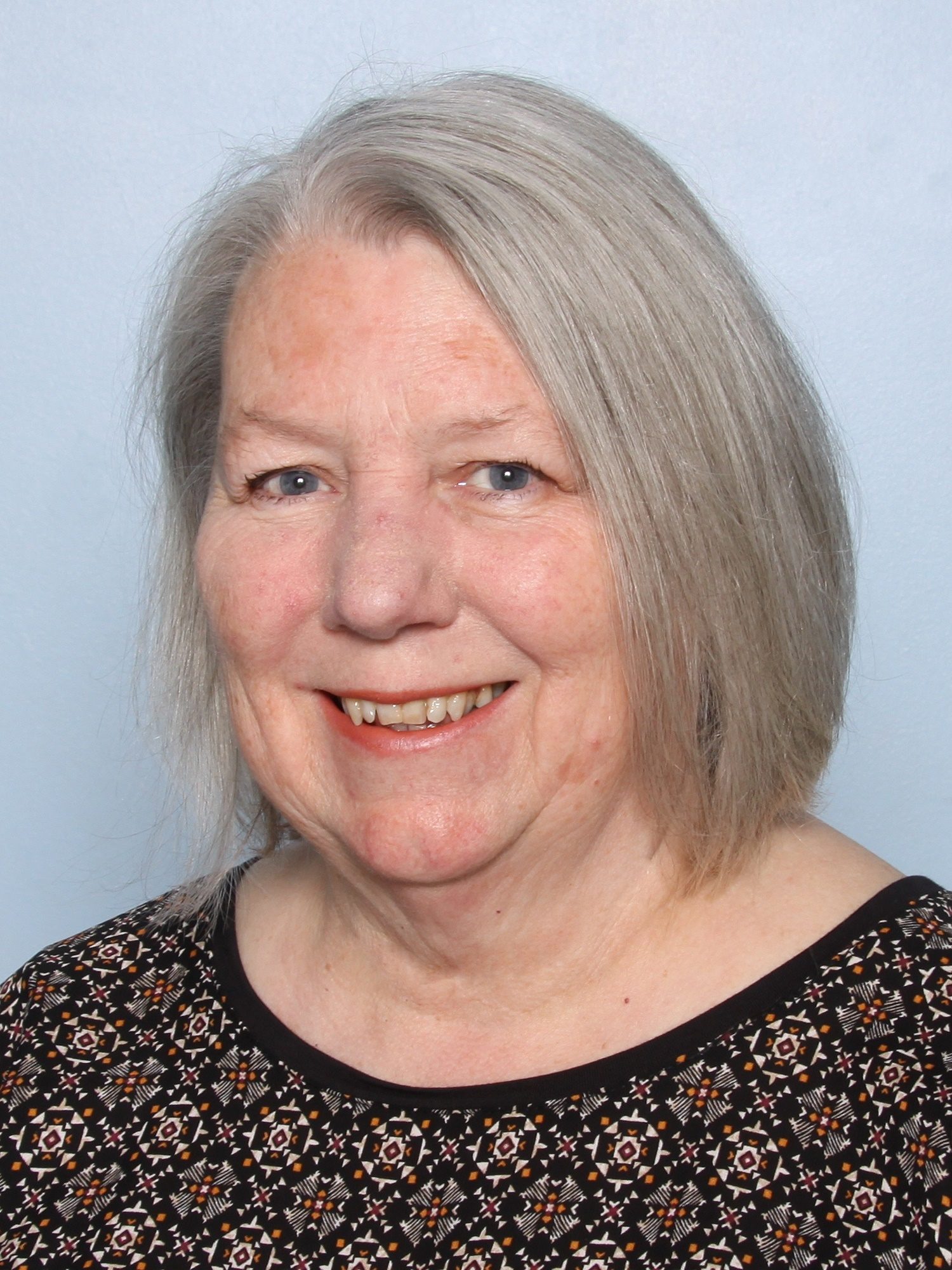Palmerston North Hospital’s delivery suite is struggling to put enough midwives on duty to look after women giving birth.
As reported by Stuff on 5 September, the hospital is using extra nurses and health care assistants to make sure women and babies on the maternity ward are cared for, but nurses cannot replace midwives in the birthing suite.
The risk posed by under-staffing has prompted an alert to health board members, and urgent meetings to decide what can be done about it.
Clinical executive for women, children and youth Jeff Brown said safety was the top priority, and every woman always had a midwife with them in the birthing suite.
But the unit’s traditional staffing of two midwives and one charge midwife on each shift was no longer enough.
Hospital-based midwives are employed to support women who do not have their own lead maternity carer, or are having planned hospital births in anticipation of needing extra care or interventions.
They also needed to be available to take over attending a woman’s labour and birth if the lead maternity carer handed over care when a woman’s condition became more complex.
Brown said community midwives were increasingly handing over to hospital midwives rather than staying on in the hospital, which was putting the rosters under pressure.
During July, data showed “a significant care hours deficit” in the delivery suite, meaning there were not enough midwives on deck to provide the number of hours of care all the women in the unit were expected to need.
The shortage of midwives was not new, with six extra midwifery positions created in 2019.
But in light of a national shortage of midwives and not enough new midwives graduating from training, the board had been unable to fill those positions despite national and international efforts.
Co-leader of the midwives’ union MERAS, Jill Ovens, said it was not good practice to cover midwifery vacancies with registered nurses even on the post-natal ward.
“But I can understand their problem.
“There is a national shortage of midwives, and it is very difficult for midwifery students to complete their degree without additional financial support.”
She said Covid-19 border management had complicated the process of importing overseas trained midwives, and New Zealand needed to “grow its own”.
New Zealand’s six midwifery courses had capacity to train more students, but experienced high drop-out rates.
Ovens said most courses were four years long, and where they were condensed to three years, there was no summer break available for students to work and earn some income.
Midwifery students were nearly all women, and many of them had children, making three or four years study without pay too difficult.
Brown said the lack of training programmes for nurses to transition into midwifery was also a problem.
MERAS was calling on the Government introduce a scheme to cover students’ costs and make it a realistic choice for the many women who had lost jobs because of the pandemic.
(As reported on Stuff by Janine Rankin, 5 Sept 2020)
